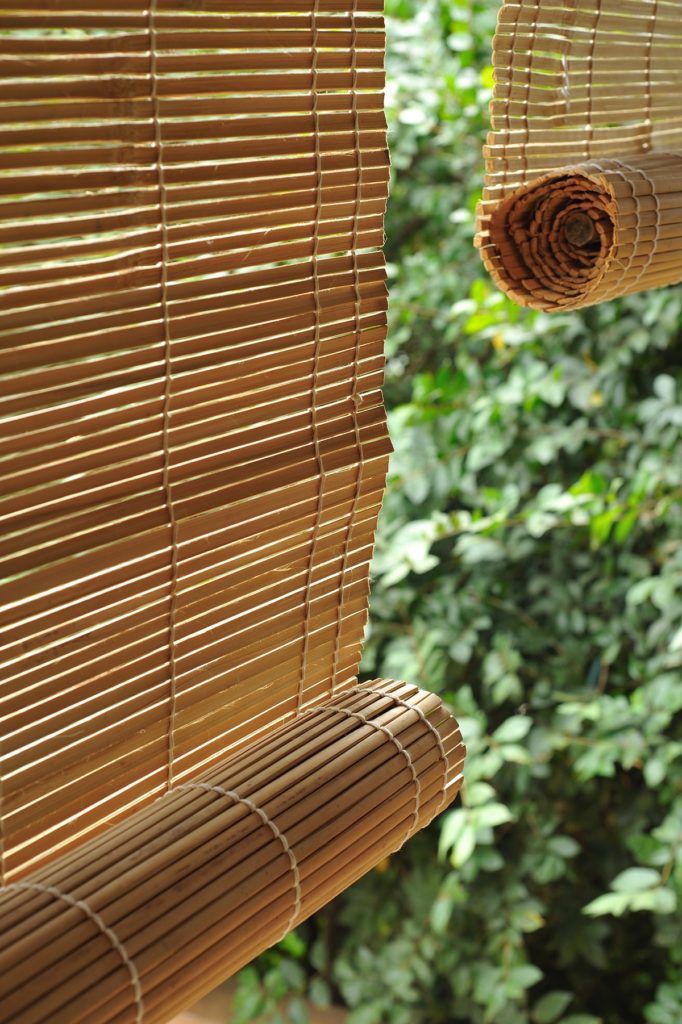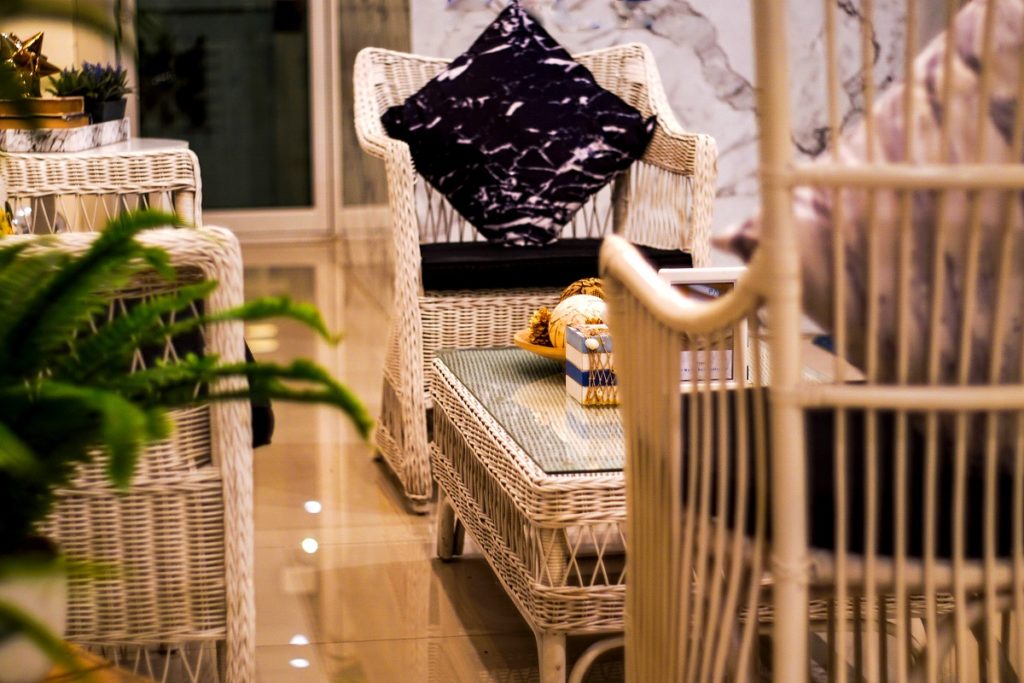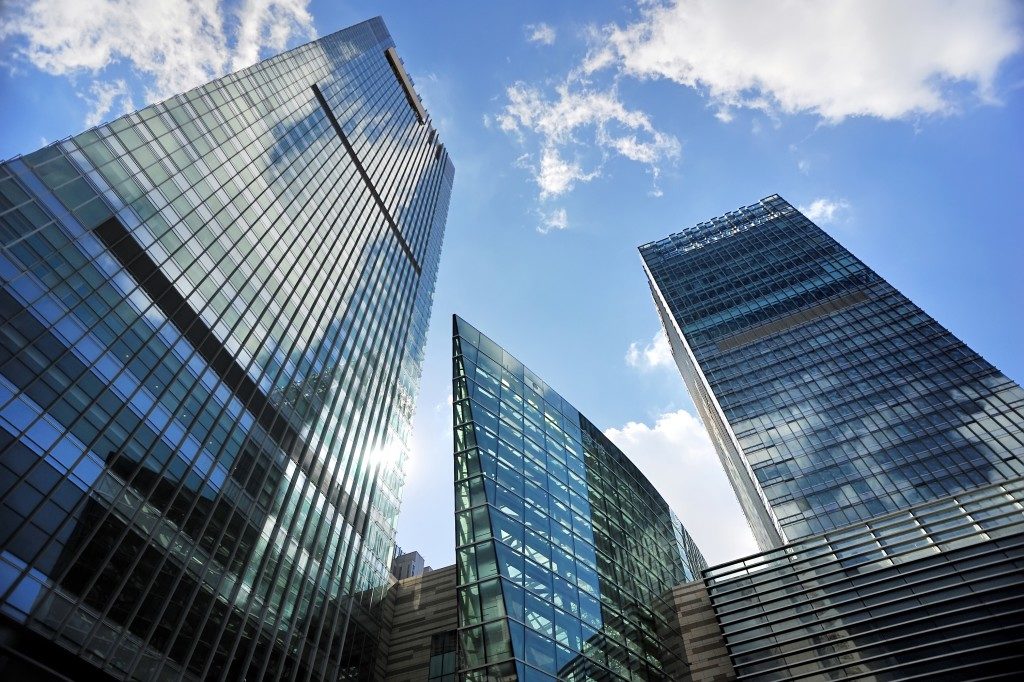The effects of a rapidly changing climate are influencing our lives in many profound and unexpected ways. Our perspective towards owning and maintaining homes is one of them.
In places like California, the threat of wildfires means it’s not enough to have waterproofing for the deck or other outdoor areas of your property. You also need a high fire rating in line with maintaining a defensible space around your home.
Extreme weather events, such as the recent record-setting storms in Florida, have challenged builders to change their approach altogether. After all, what’s the point of building to code when the code itself falls short of resisting increased storm power?
Along with the need for resilience, people haven’t forgotten the real problem. We know that unsustainable practices have led to climate change, and we want our homes to have as little impact on the environment as possible.
Bamboo is a material that’s known for both resilience and sustainability. Might this be the answer we need for sustainable homes in the future?
Bamboo in traditional construction
Traditional methods of building homes, often referred to as vernacular architecture, are seldom considered applicable to modern projects. They draw upon the knowledge and practices of a limited population. These people had no familiarity with the sophisticated techniques and advanced materials being used in the modern construction industry.
Yet houses built using such “primitive” methods have proven capable of withstanding even today’s extreme weather conditions. And in Asia, where bamboo is widely grown for building purposes, it plays a key role in the vernacular architecture.
Regions like Bangladesh regularly experience severe monsoonal rains and landslides, in addition to being earthquake-prone. Despite that, traditional dwellings made of locally grown bamboo lashed together without nails can survive for many years.
Satisfying both demands

Vernacular homes were made by builders unknown to history, not by some world-famous architect or designer. Yet they have arguably passed the only test that matters: surviving the rigors of time and the elements.
The widespread use of bamboo in such traditional buildings is a testament to the qualities of the material. Trials of tensile strength demonstrate that it outperforms even reinforced steel while being so lightweight that the resulting structure has little to fear from earthquakes. When properly treated, it possesses both fire- and water-resistance.
Because bamboo grows in culms, a plantation is far easier to establish than a hardwood forest, and harvesting bamboo doesn’t kill the plant. Together with its rapid rate of growth, this makes it a highly sustainable crop. And bamboo plantations are said to sequester atmospheric carbon dioxide at a far better rate than any other use of land.
Overcoming drawbacks
On paper, bamboo seems like the dream construction material. You get a resilient build while having a minimal environmental impact.
In practice, however, things may not work out that way. Bamboo hasn’t received mainstream acceptance in the West, as far as construction is concerned.
Resistance stems from the fact that, unlike concrete or steel, it’s difficult to apply structural standards to this material. As a natural product, it exhibits higher variance and lower predictability. Much is left to the skill and judgment of the individual who puts the structure together, and such risk isn’t viewed favorably by insurance companies or safety regulators.
Another knock on using bamboo in the US is sourcing. As of 2016, only a few farms were embracing bamboo production. The country remains a major importer of the product. Having to transport bamboo halfway around the world raises fossil fuel emissions, detracting from its sustainable merits.
For the time being, using bamboo to build a resilient, green home in the US is a tantalizing yet unfulfilled prospect. To realize its potential, you’ll have to find ways to work around those drawbacks, tapping expert skills and locally grown products.





